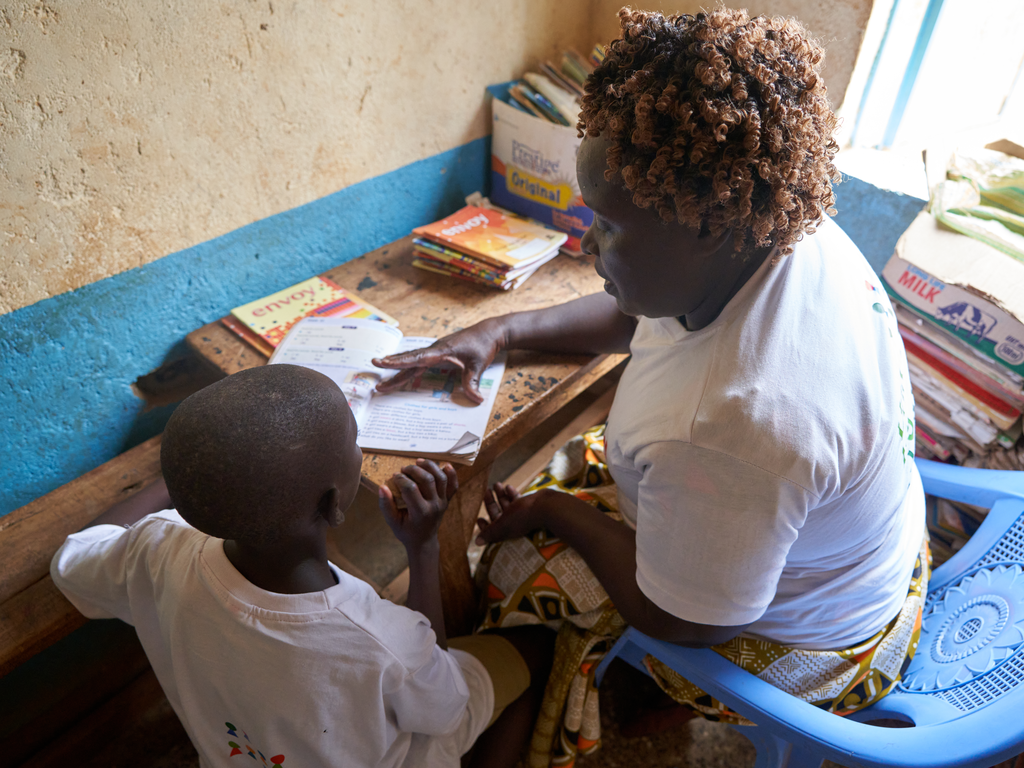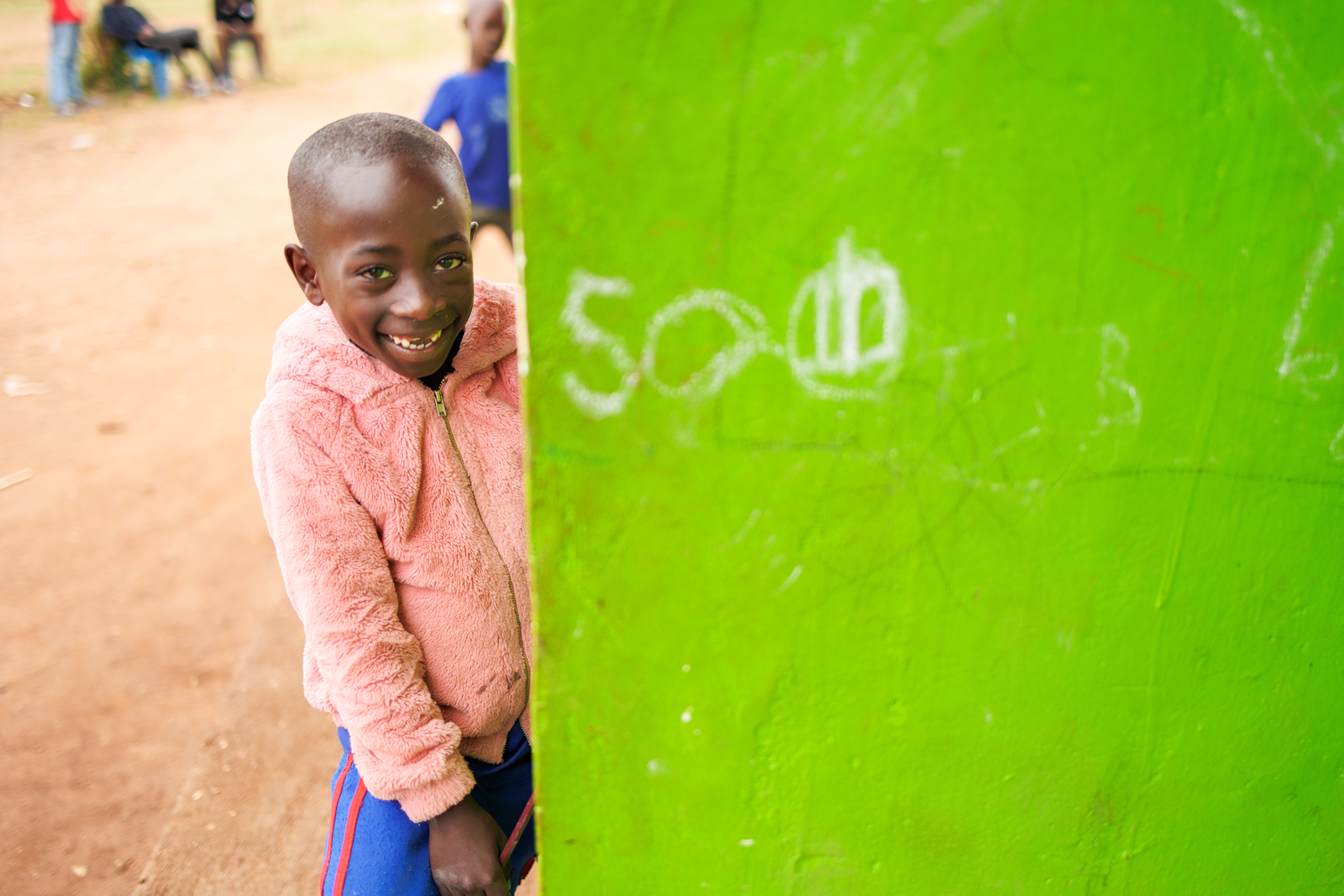
Stranded Rohingya children living in squalid camps with little or no schooling
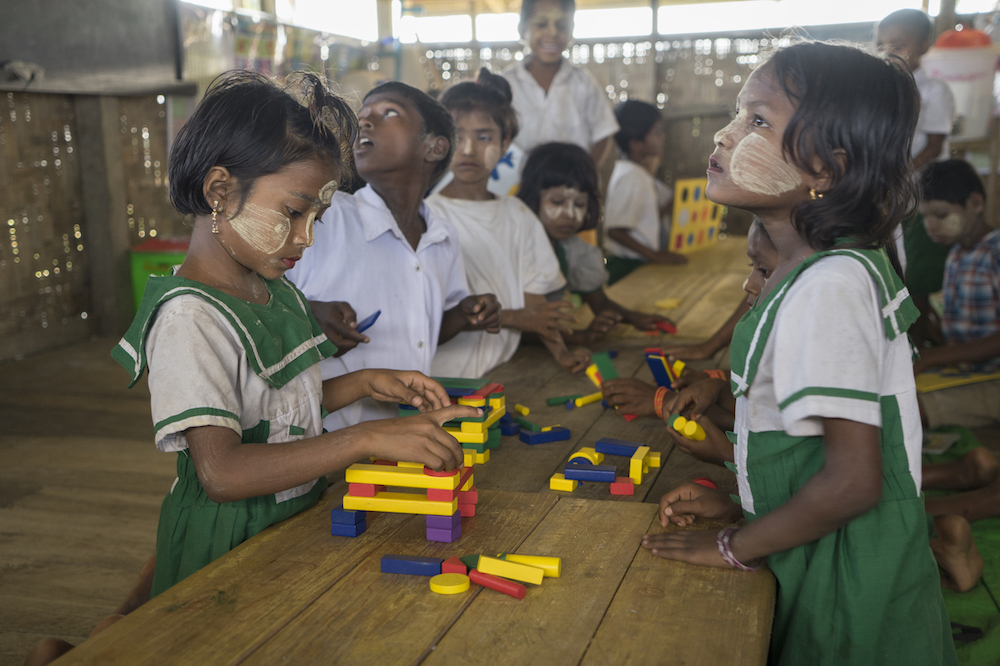
Children in conflicts, Discrimination of marginalised children, Education in emergencies, Refugees and internally displaced people, Right to education, Teachers and learning
While the spotlight has been on the refugees in Bangladesh, those left behind in Myanmar desperately need education to give them hope of a brighter future.
The plight of Rohingya refugees who fled into Bangladesh last year has been making global headlines. But those left behind in Myanmar are in danger of being forgotten.
More than 120,000 Rohingya have been stranded in squalid camps there since 2012 – and over 60,000 of them are children.
A UNICEF senior adviser just back from a month in Myanmar said the situation there “is deeply troubling”. Marixie Mercado said the children were suffering from “high levels of toxic fear”.
She said they had little or no access to formal education, adding: “Rohingya children desperately need education if they are to have any kind of prospects for a better future.”
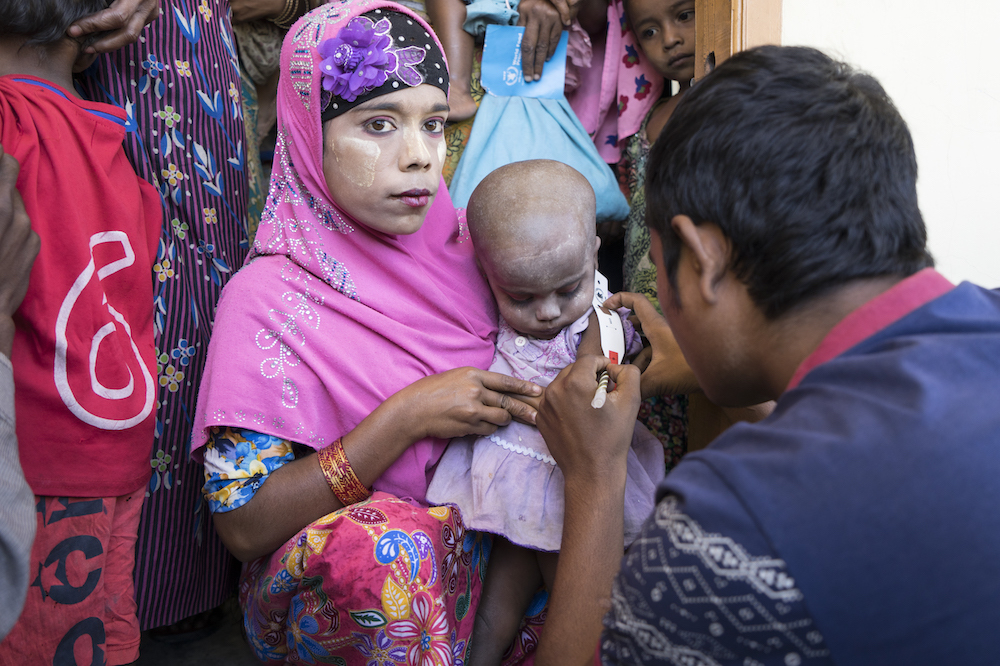
A Rohingya woman holds her little girl as her upper arm is measured to determine whether she is malnourished (UNICEF / Thame)
Their News told last month how more than 600,000 Rohingya people left Myanmar last year for neighbouring Bangladesh, where they face an uncertain future in refugee camps.
Around 60% of those fleeing ethnic cleansing in Rahkine State that began in August have been children, with international organisations asking for urgent help to get them into education.
While the focus has been on their needs, central Rakhine is home to 120,000 Rohingya in 23 camps and another 200,000 living in villages whose movement and access to services is restricted.
“The worst camps are in appalling condition,” said Mercado. “The first thing you notice when you reach the camps is the stomach-churning stench. Parts of the camps are literally cesspools.
Rohingya children need a political solution to the issue of legal identity and citizenship. In the interim they need to be recognised first and foremost as children. Marixie Mercado, UNICEF senior adviser
“The movement restrictions are shrinking horizons for children in the camps – nowhere more so than in terms of education.
“Most of the learning takes place in poorly-resourced temporary learning classrooms, with determined volunteer teachers who have little formal training.
“There are nowhere near enough classrooms to accommodate students and there is only one high school in the capital Sittwe, where most camps are located, that caters to Rohingya students between 10th and 12th grades.
“Before, the more fortunate students from other camps would come to Sittwe for high school. This year however, one teacher told me that because of the movement restrictions, no student would make it out of the more remote camps.
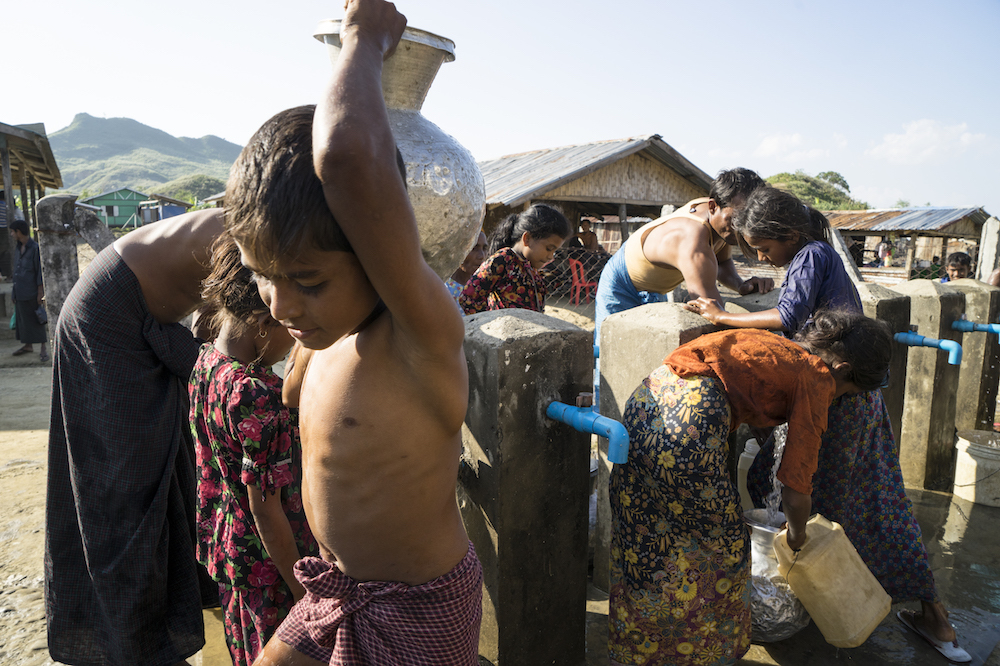
Children collect clean and safe water from a tap stand in Kyein Ni Pyin IDP camp, home to almost 6000 Rohingya displaced by violence in Rakhine State, Myanmar (UNICEF / Thame)
“I met a 17-year-old high school graduate in a Sittwe camp whose only chance of going to university is through distance learning – with an institution that is less than a dozen kilometers from where he lives. No Muslim has been able to attend university in Rakhine state since 2012. ‘What’s the point of learning?’ one mother asked me.”
Mercado said temporary education solutions need to be improved immediately and children must be given access to long-term formal education with trained teachers.
“Otherwise this generation’s future prospects will be permanently damaged” she added.
UNICEF said it is ready to work with the Myanmar and Rakhine State governments but urgently needs access to affected children

In Bangladesh, an estimated 450,000 children need education assistance, according to the Education Cluster of international organisations working there. As well as the 655,000 new refugees in the Cox’s Bazaar district since August, another 210,000 Rohingya were already living there.
60% of Rohingya children in Cox’s Bazaar did not go to school when they were in Myanmar. But when families were surveyed by the International Rescue Committee, 90% said they would send their children to school given the chance.
“Until children’s rights to education in the Rohingya crisis are realised, we face the threat of a lost generation of what is already one of the world’s most vulnerable populations,” said Sarah Smith, the IRC’s senior director for education
It is estimated that 2300 new classrooms and more than 5000 teachers will be needed to meet the demand.
More news
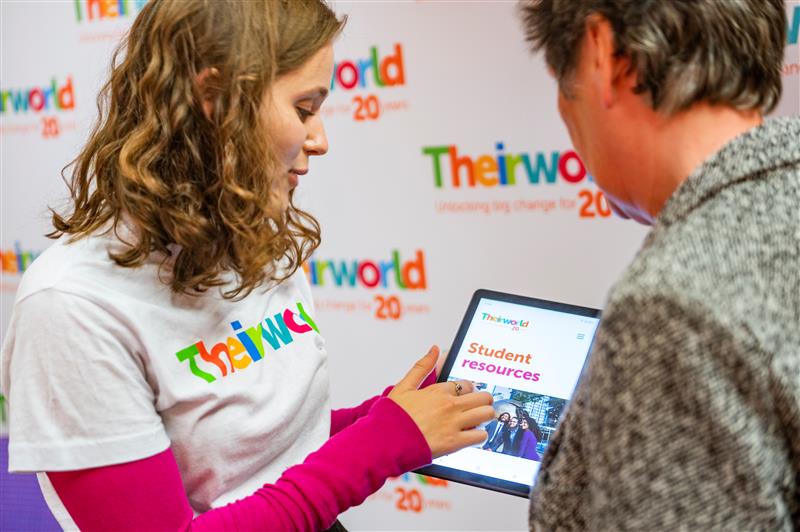
Take the test and discover how our Schools Hub helps students grasp the global education crisis
